AI isn’t just hype anymore—it’s part of how modern businesses run. From writing content and answering customer questions to planning marketing campaigns, companies use it every day.
Two terms you’ll hear a lot are GPTs and prompts. Many people assume they mean the same thing, but they don’t. Knowing the difference makes it much easier to get real results from AI.
What’s a GPT?
GPT stands for Generative Pre-trained Transformer. It’s the AI engine behind ChatGPT—the part trained on huge amounts of text so it can understand language and generate responses.
Inside ChatGPT, you’ll also find custom GPTs. These are versions of ChatGPT set up with specific rules or knowledge so they can handle particular jobs.
Examples:
- An ecommerce GPT built to write SEO product descriptions.
- A clinic GPT designed to explain health info in plain English.
Think of GPTs like employees: they can do many tasks, but when you train one for a specific role, it becomes faster and more accurate.
What’s a Prompt?
A prompt is simply the instruction you give to a GPT.
It can be short: “Write a thank-you email for new customers.”
Or detailed: “Write a 500-word article about the benefits of solar energy in a professional but easy-to-read style, and end with a call to action.”
The GPT is the car. The prompt is the driver telling it where to go.
Clear prompts lead to useful answers. Vague prompts often produce generic ones.
How GPTs and Prompts Work Together
GPTs and prompts depend on each other. A powerful GPT won’t perform well if the prompt is weak. A strong prompt can make even a standard GPT deliver better results.
That’s why businesses usually do both:
- Invest in custom GPTs tailored to their industry.
- Build a library of tested prompts that staff can reuse.
This combination saves time and keeps output consistent.
Why Businesses Use GPTs
Custom GPTs give companies:
- Consistency – Same style across emails, posts, and documents.
- Speed – Hours of writing reduced to minutes.
- Focus – Specialized GPTs tuned for sales, support, or marketing.
Example: a real estate firm can have one trained to write property listings, while a law office might rely on one that drafts letters and contracts.
Why Strong Prompts Matter
Prompts shape the quality of the result. A single wording change can turn a flat draft into something polished.
Good prompts help you:
- Cut down on editing time.
- Move faster by reusing instructions.
- Keep team communication consistent.
Even without a custom GPT, mastering prompts can transform how useful AI is for your business.
Common Issues to Watch For
- Over-reliance – AI is a helper, not a replacement for creativity or judgment.
- Unclear prompts – General instructions like “write about marketing” produce weak answers.
- Customization gaps – GPTs need the right setup and guidance to perform at their best.
Safety and Reliability
While GPTs inside ChatGPT are designed to be secure, businesses should never put in sensitive data like passwords or customer records.
And while outputs often sound polished, they can still be inaccurate. Always review results—especially in industries like healthcare, finance, or law.
What Results to Expect
Used properly, GPTs and prompts help businesses:
- Create content faster.
- Launch marketing campaigns sooner.
- Improve customer communication.
- Save hours every week.
Customers notice the difference too—emails are clearer, content is more engaging, and responses arrive without delays.
Final Thoughts
Here’s the bottom line:
- GPTs are the trained AI assistants inside ChatGPT.
- Prompts are the instructions that tell them what to do.
They only work well together.
If you’re starting out, focus on writing better prompts. As your business grows, consider adding custom GPTs built for your industry. Together, they’ll save time, cut costs, and help your business run more smoothly.
AI isn’t here to replace you. It’s here to take busywork off your plate so you can focus on what matters most..

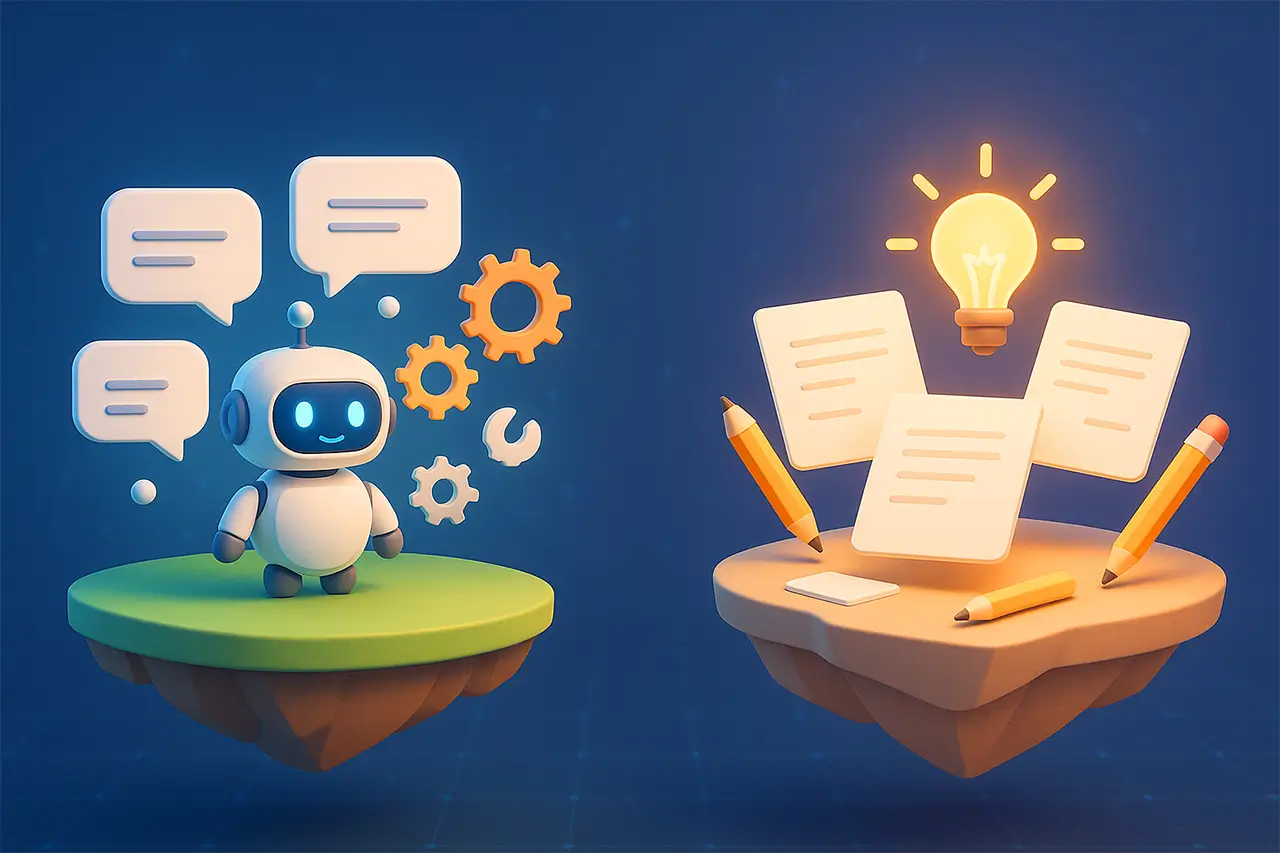
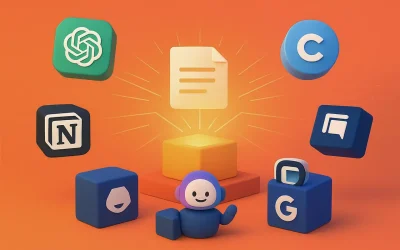
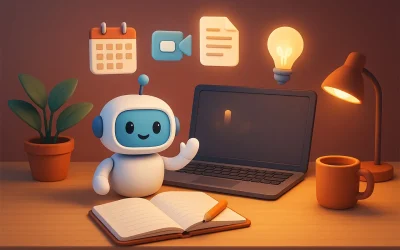
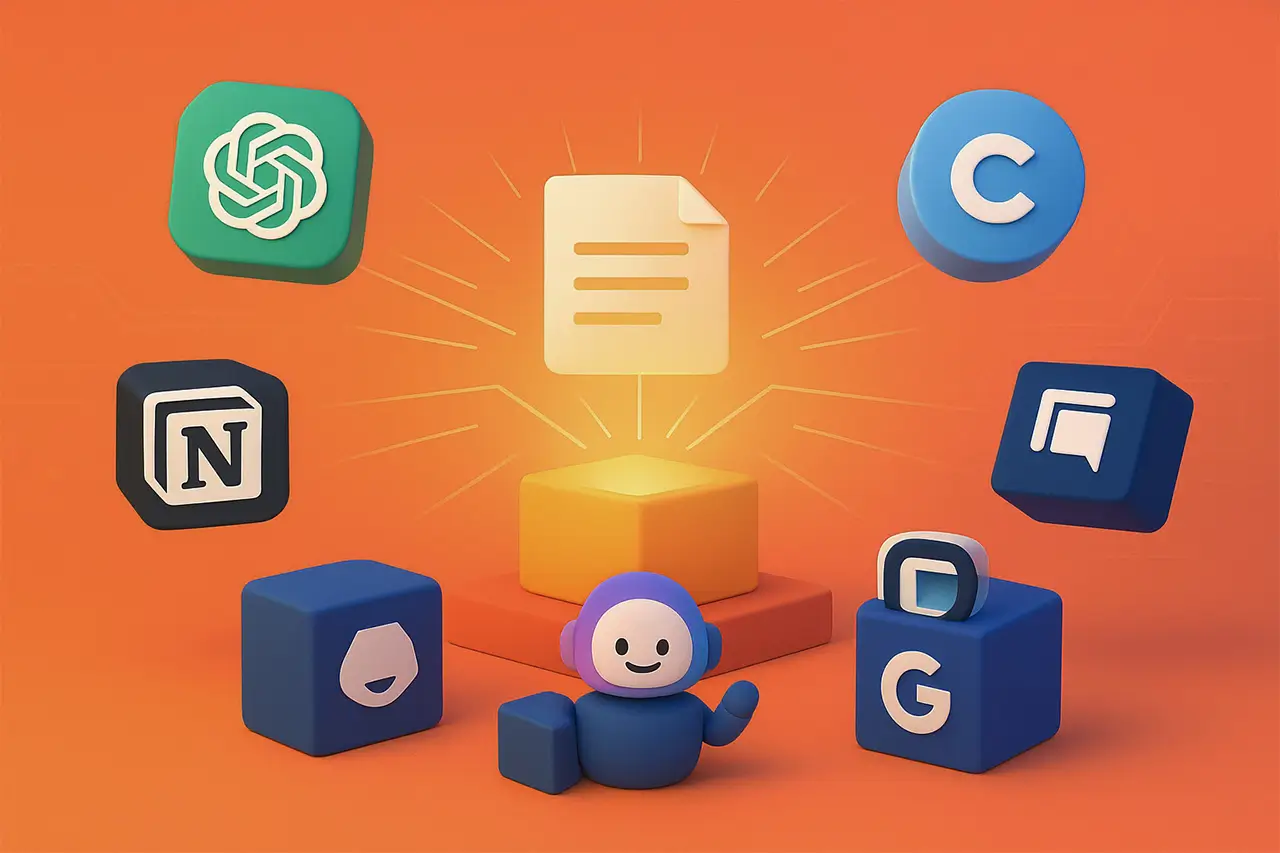
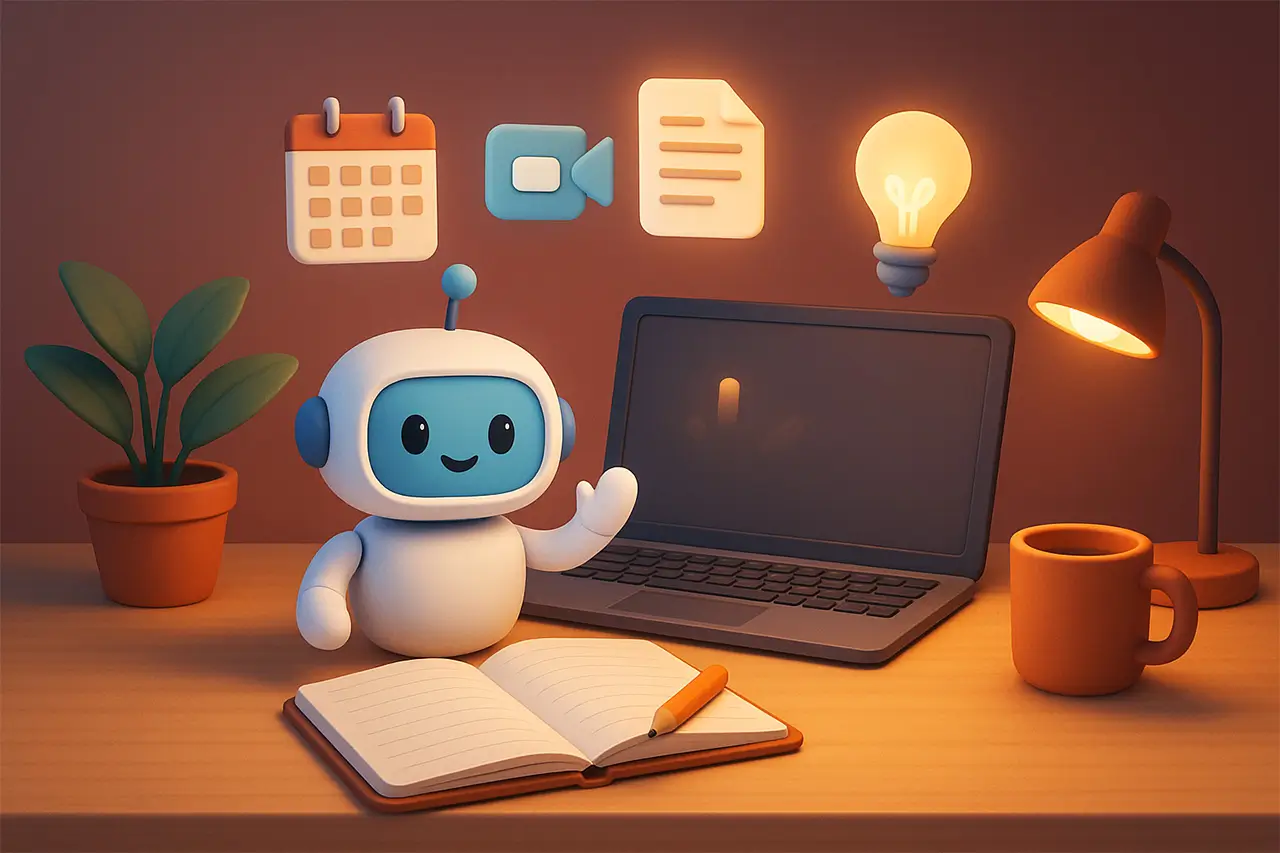
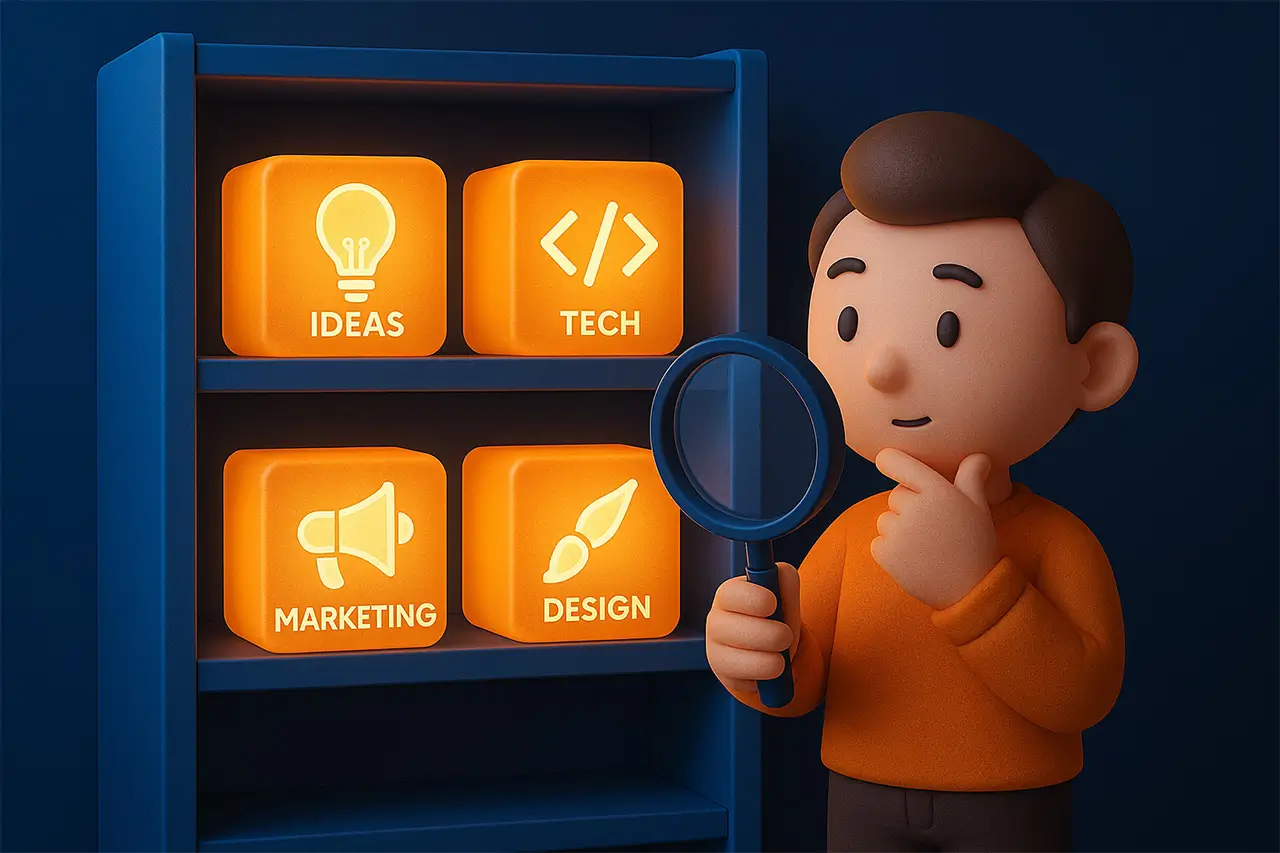
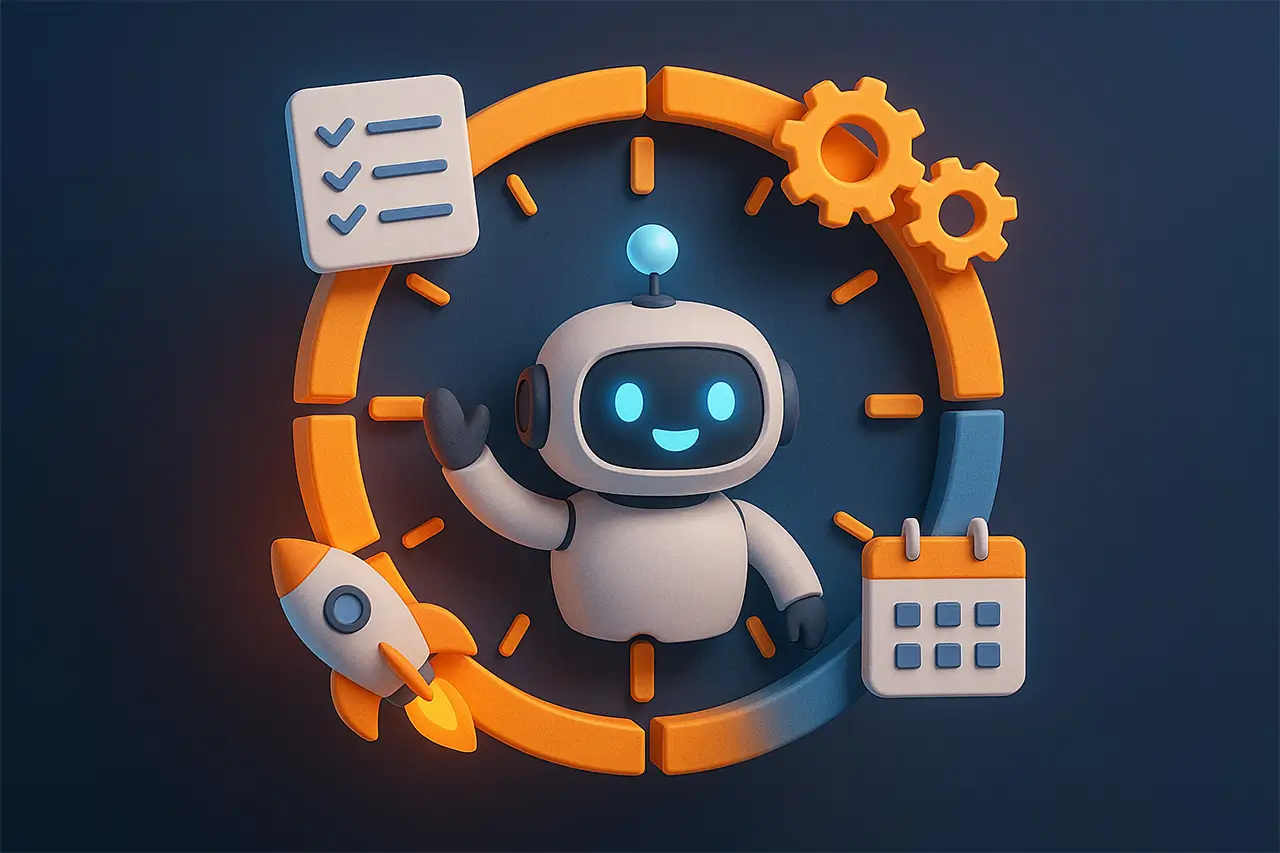
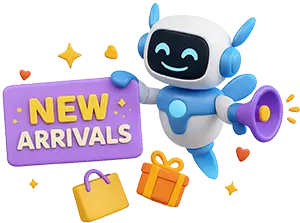
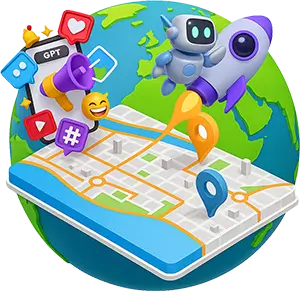
0 Comments